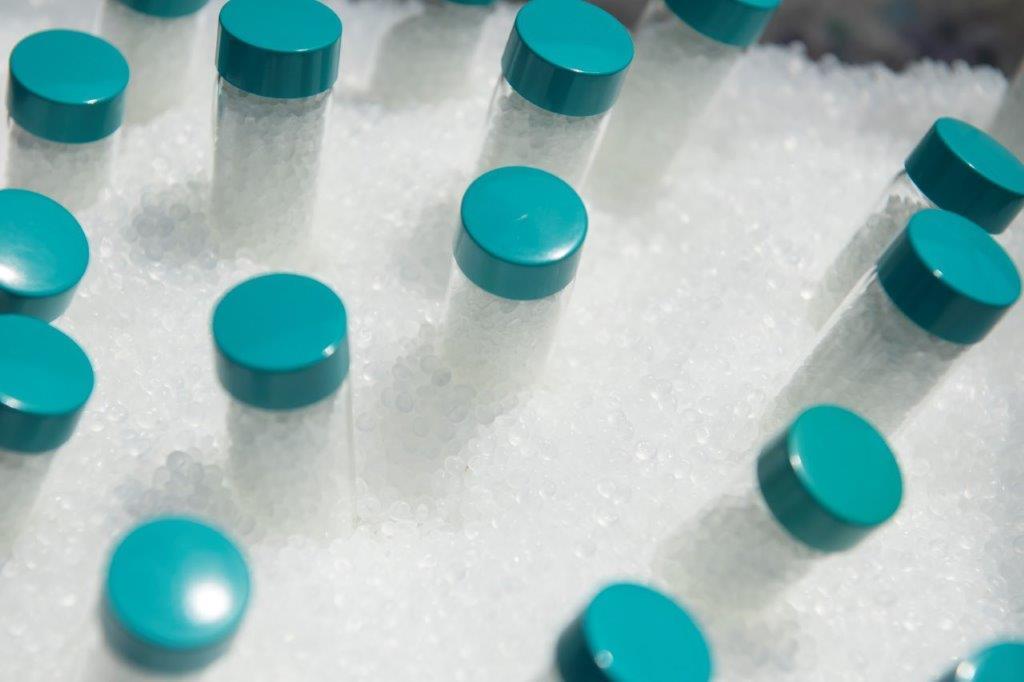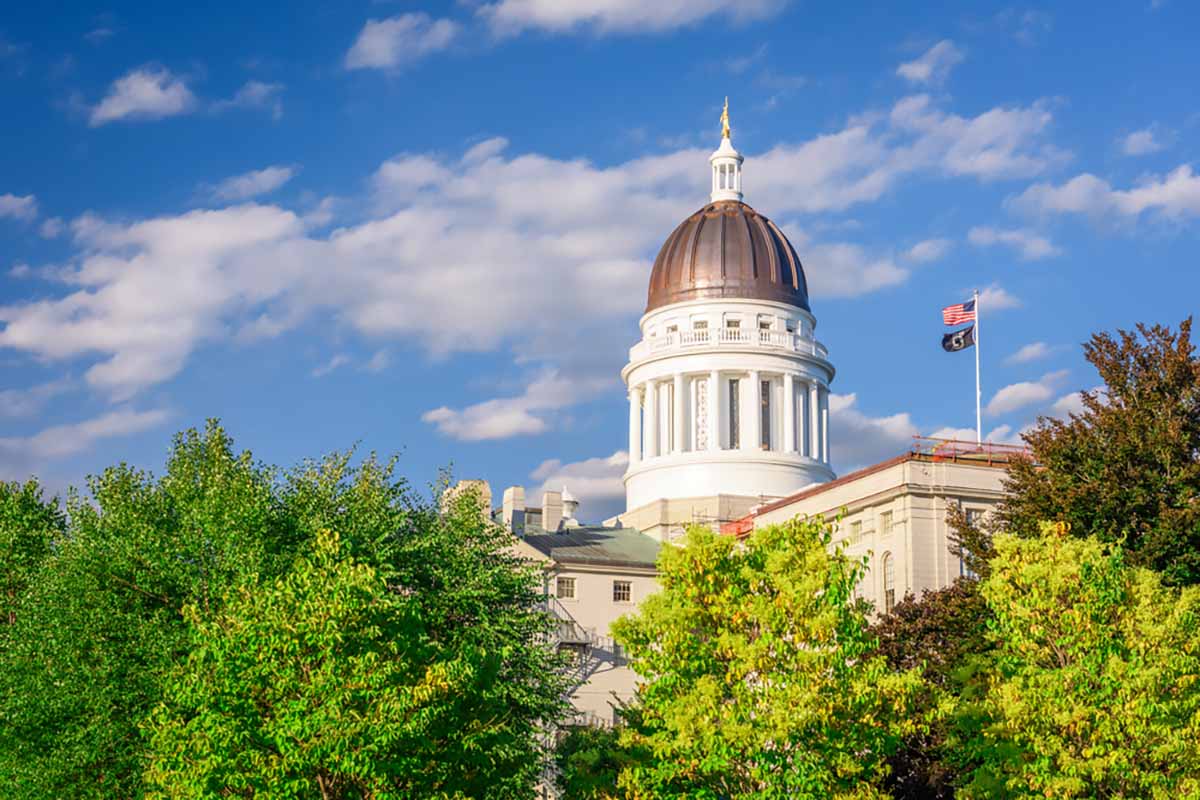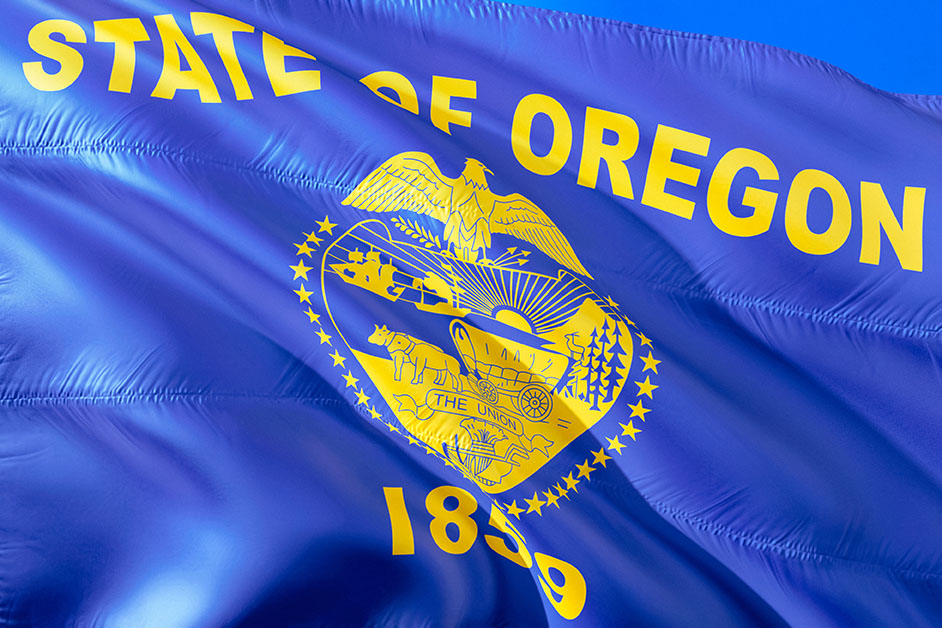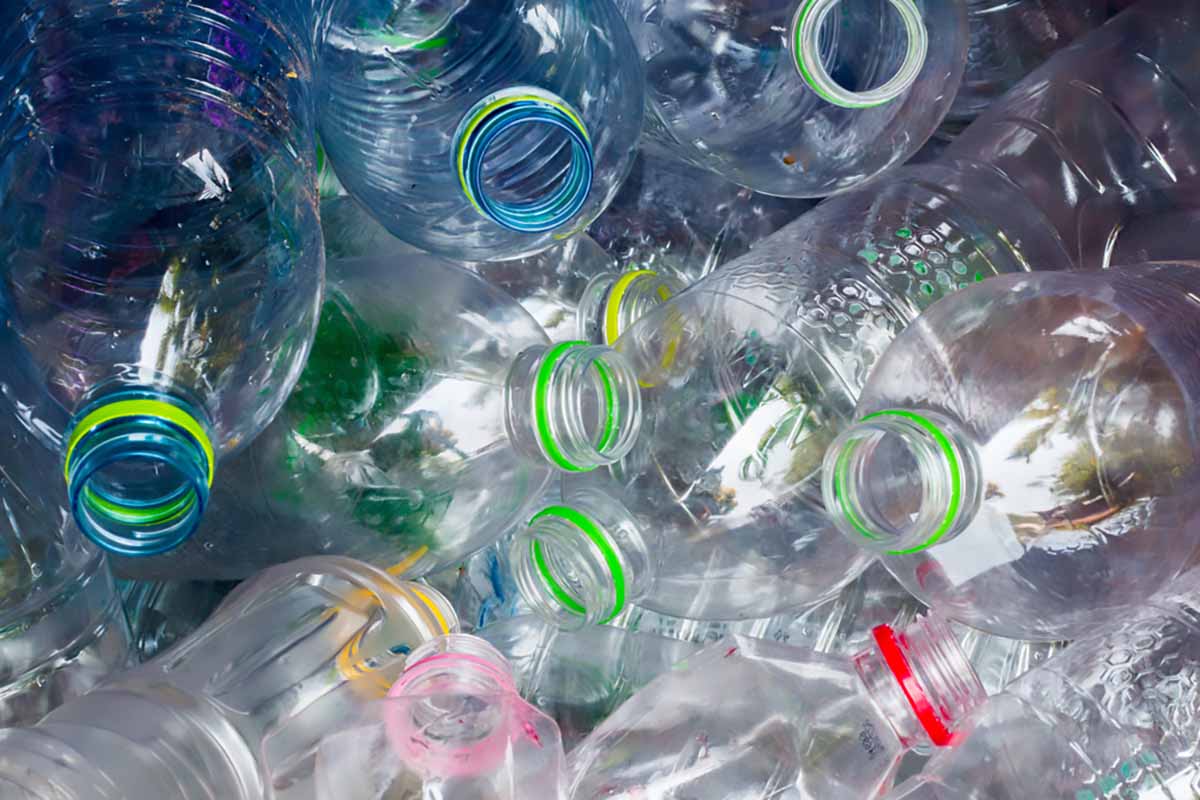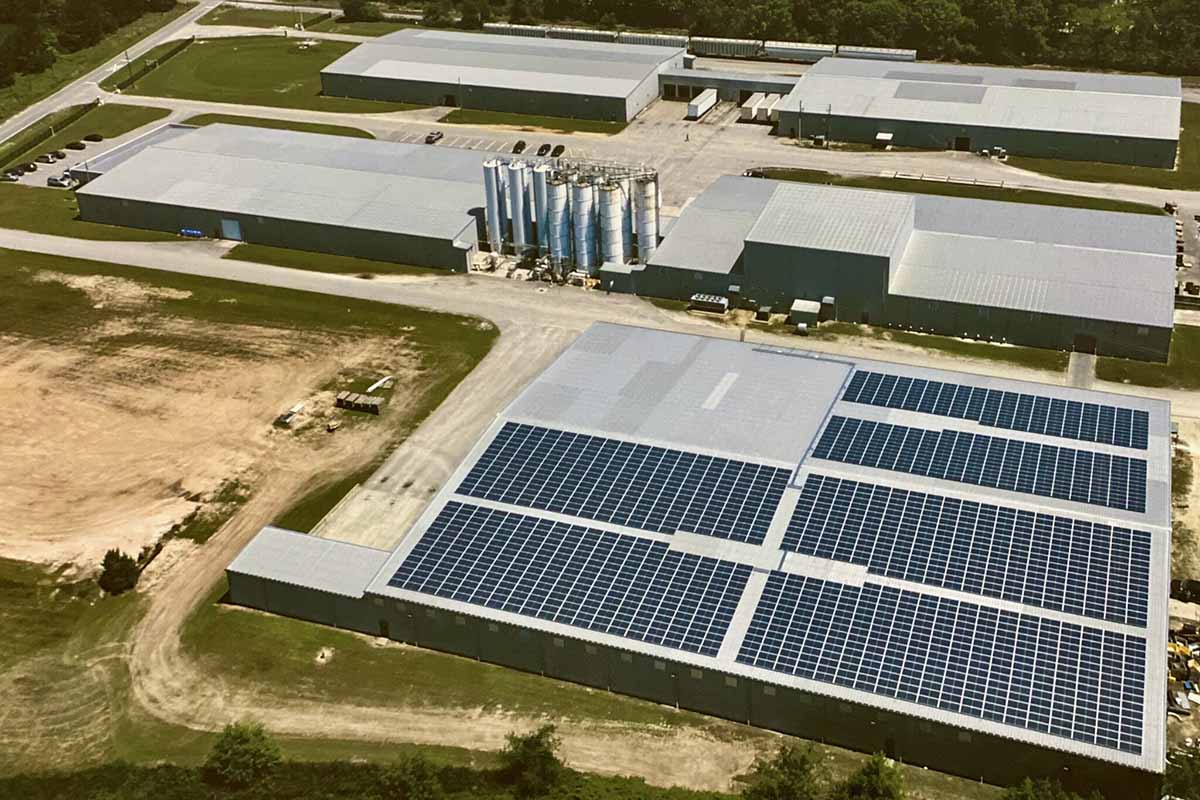
Legislators in New Jersey approved recycled-content mandates for select plastic products. | Wangkun Jia / Shutterstock
A bill establishing minimum post-consumer recycled plastic use in containers and bags was approved by the New Jersey Senate last week. State lawmakers are also considering a bill easing regulations for chemical recycling operations.



